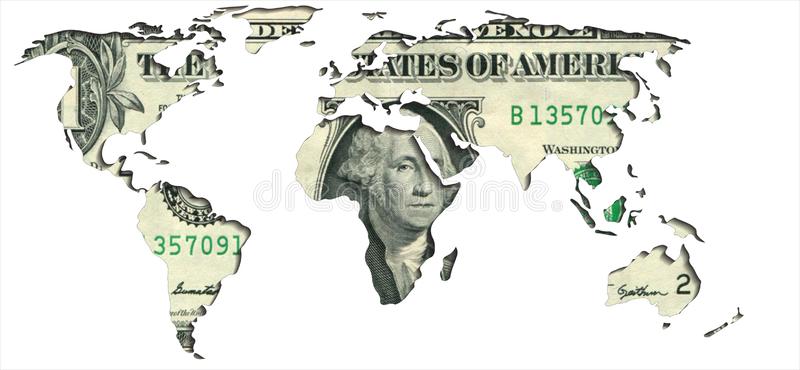Newsroom
US$ Dominance and Weaponisation
The US dollar is the single most important currency in the world with comfortably the largest share in terms of currency transactions, reserve currency and global investment presence. This has given the US unrivalled ability to leverage its national and foreign policy objectives.
The use of the US dollar by the US to achieve global geo-political objectives has been termed “weaponisation of the US dollar” and is a reflection of the leverage that the US has in any globally-applicable policy.
On the sanctions and AML-related front, the power of the US dollar is such that individuals, entities and governments would hesitate before risking being cut off from US dollar transactions, such is its pre-eminence globally. This is only feasible because the US runs the only fully integrated Sanctions policy in the world, which incorporates money laundering, terrorist financing, proliferation financing and human rights abuses. These offence areas are enforced by the most aggressive, punitive sanctions enforcer worldwide.
As a result, the global dominance of the US dollar as a currency has given US policy on sanctions and AML an extra edge, adding weight to its potency. For commercial entities and particularly investors and financial services players, the role of the US dollar globally is second to none.
So any risk/reward analysis of global investments or strategy must take account of the potential serious consequences of engaging in actions which might lead to apparent violations of US policy. In terms of risk assessment, there has to be a top-down approach from Board level to evaluating the potential US Sanctions threat as of primary strategic concern. For companies of all sizes, a proper OFAC Sanctions policy is essential. The threat of not taking action is acute: from 2008-2018, the US issued 91% of all global fines in terms of value for KYC, AML, Sanctions offences at $23.52bn.
A proactive, pre-emptive, pragmatic and results-oriented approach to US$ Dominance is therefore essential. As individuals, commercial and non-commercial entities, governments and jurisdictions come under the threat of the integrated US Sanctions and AML programme, establishing an OFAC programme is a must.
As illicit finance techniques spread to infiltrate smaller players via sophisticated cyber techniques, and highly liquid, well-capitalised smaller actors become targets in highly developed economies, firms of all sizes must take action. Establishing an integrated OFAC Sanctions program should not be a stretch in many developed economies, and non-US firms need to prioritise the US threat as a primary risk factor.
Where US Sanctions considerations conflict with local requirements, this must be factored into the overall risk assessment at the very highest level, as to date no effective defence to US Sanctions penalties has been put forward. In the event of a US Sanctions breach, the US will look favourably on those entities with an OFAC program in place. So pre-emptive action is not only strategic, it also offers a level of potential protection in the event of unforeseen circumstances and possible US Sanctions breaches further down the line.
Investors and commercial entities must consider whether they wish to risk being cut off from US dollar transactions or the US market entirely if they choose to disregard the threat of the integrated US Sanctions & AML regime. The most severe measures available to the US involve cutting entire jurisdictions, entities (commercial and non-commercial), individuals and even transaction types from the US dollar and the US market. Any connection with US-“designated” individuals or entities is a potential problem – this is the case for transactions or activity occurring outside the US, outside of US dollar transactions, and with non-US counterparties where US secondary sanctions are in force.
The solution to keeping access to the US dollar and US market and players associated with it is to establish a proper OFAC Sanctions/AML program. For most developed economies this should not be a massive task, but the spectre of US penalties should be a decisive factor when weighing up primary risk/reward objectives. The only certain way forward to ensure US dollar/market access is to achieve successful implementation of a focused global Sanctions/AML/CTF program.

